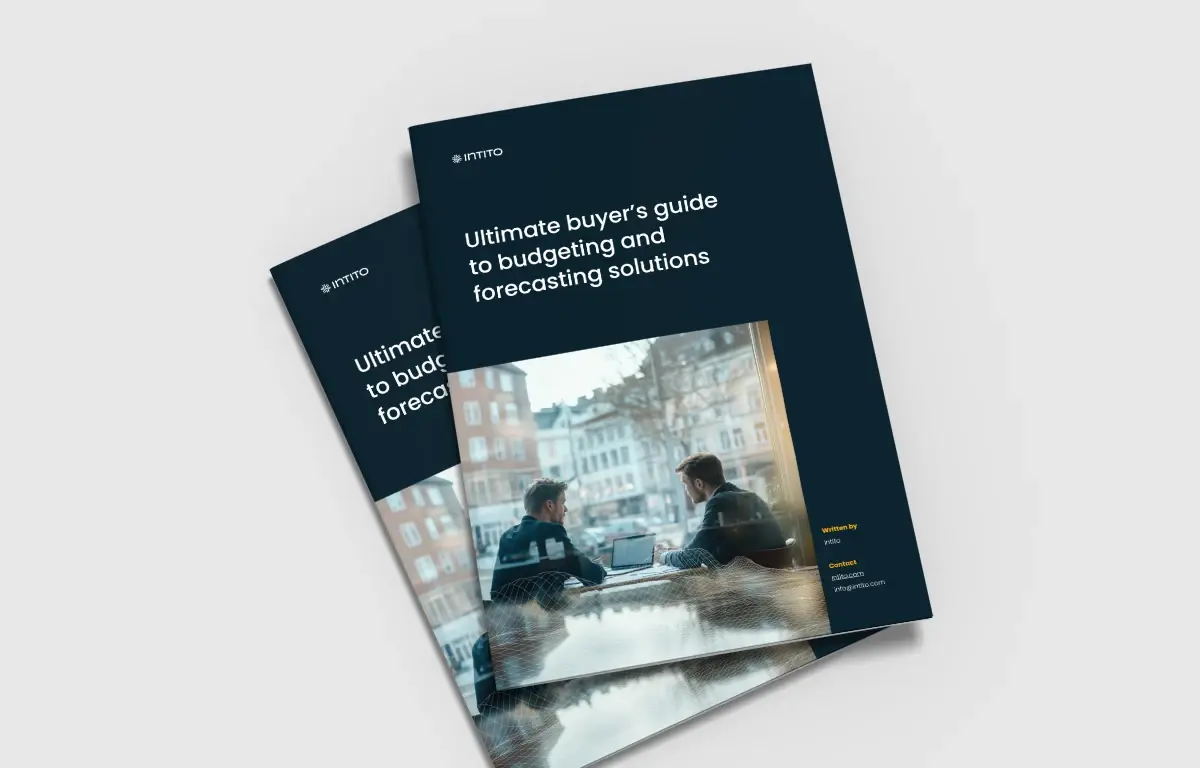Take control of your planning processes
Download the guide now to:
- Learn how to streamline implementation.
- Prepare your data for seamless integration.
- Discover pricing models that fit your business.
- Unlock the power of AI-driven analytics.
- Ensure robust security and compliance.
A sneak peek from the guide:
1. Understanding the implementation process:
How long does it take to implement?
Implementing a planning analytics solution can vary based on your business size, data complexity, and customization needs. Generally, the process takes from several weeks to several months.
For a typical timeline:
- Small to mid-sized companies: 4–8 weeks
- Larger organizations: 6–12 months
Factors like integrating legacy systems, adjusting workflows, and training employees can impact this timeframe. Consider the initial setup as distinct from ongoing optimization, as continuous improvements may be required after launch.
Key questions to ask:
- How do vendor timelines align with our resources and goals?
- What level of support does the vendor offer during initial setup?
How much time will be dedicated to post-implementation enhancements?

2. Data readiness: Is my data prepared?
Data quality is essential for effective planning analytics. The solution will depend on clean, consistent data, ideally integrated across departments.
Assess these areas:
- Data consistency: Are sources unified across departments?
- Data accuracy: Is current data error-free and up-to-date?
- Data integration: Can your ERP, CRM, and spreadsheets connect easily?
If data is inconsistent or fragmented, consider a data readiness process that includes cleaning, standardizing, and consolidating datasets. Some vendors offer tools to assist in this stage.
Key questions to ask:
- Do we need external support for data preparation?
- Can the vendor provide data assessment tools?
- How much of the integration process will the vendor handle?
Key takeaway: Ensuring data readiness upfront saves time later. Data preparation can extend timelines if your data needs significant cleaning or standardizing.
Ready for the full guide?
Download the complete guide now to uncover all the insights, tips, and strategies to successfully implement and maximize your budgeting and forecasting solution.

